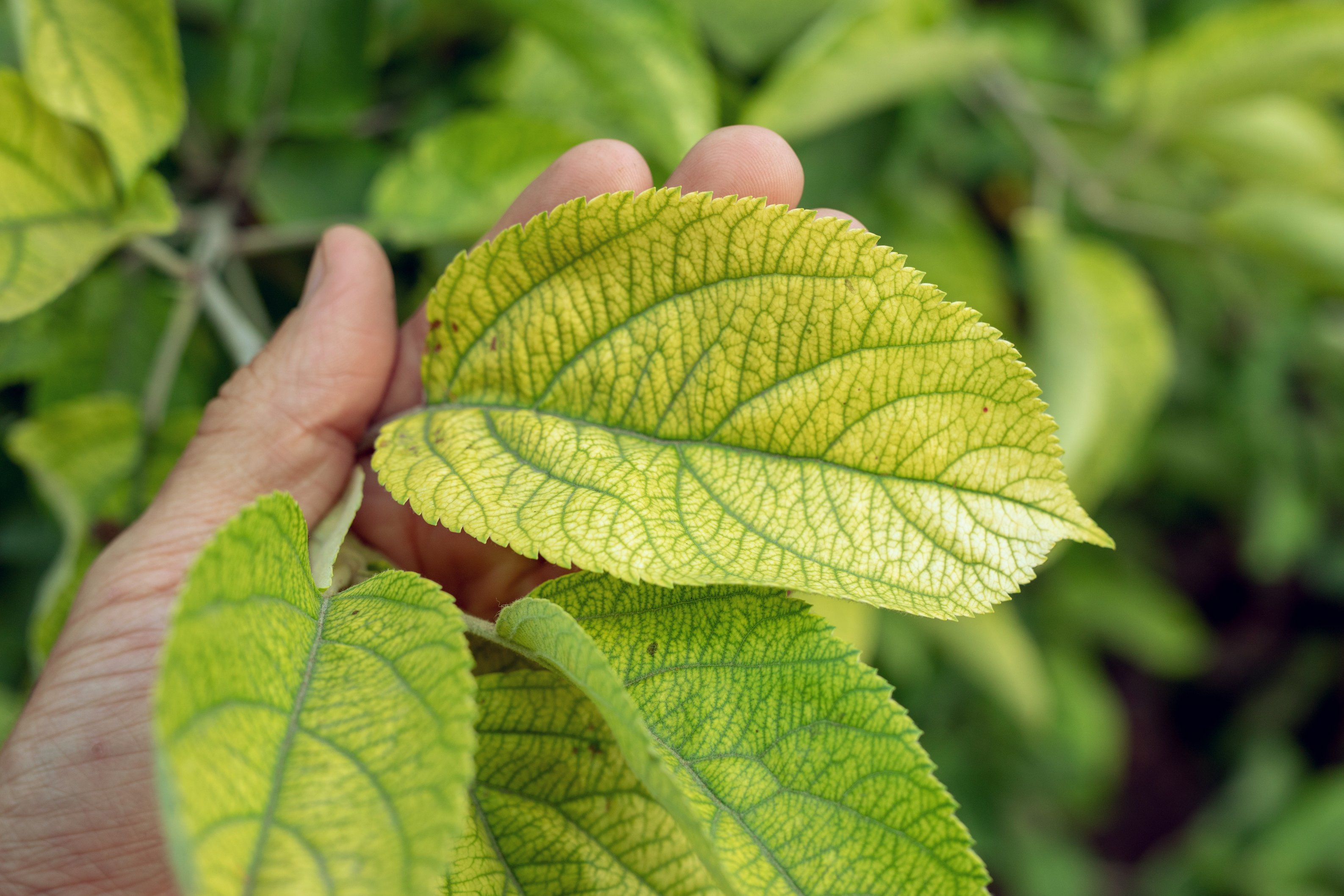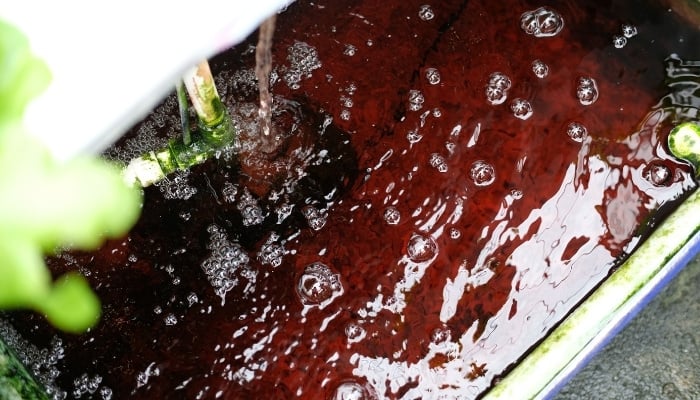Why Is My Plant Dying?

Plants need water, air, light, and nutrients in order to grow. The right combination of these elements will keep your plants alive and thriving. But sometimes, even though you've provided all the necessary resources for growth, your plants still won't thrive. This could mean that there's something wrong with your growing medium, or that you're providing too much or too little of a specific nutrient.
Know the Basics of Nutrition
Nutrients are essential for healthy plant growth. They help plants absorb water and sunlight, as well as produce energy. There are three main categories of nutrients: macronutrients (nitrogen, phosphorus and potassium) which are vital for healthy root development, cell division and healthy leaves respectively. Then you have your micronutrients (think calcium, iron and magnesium).
If you're running a soil-free system then your grow is more than likely going to lack the supply of micronutrients they would otherwise get from a more traditional set up. Finally, we have trace elements (like copper, zinc and manganese). As the name suggests, these are only needed in small amounts to aid in your plant's energy balance and overall development.
Understand the Importance of Water
If your plant isn't getting enough water, it will start to wilt and eventually die. It's important to keep an eye out for signs of dehydration, such as wilting leaves, drooping flowers, and yellowed stems. You should also check the soil moisture level at least once every week.
EC. Perfectly balanced, as all things should be
EC is electrical conductivity (sometimes shown as CF, standing for conductivity factor). EC meters make it easy to keep track of nutrient levels in growing solutions. pH levels give you a good idea of the balance of the available nutrients, but you should also check the EC for an indicator of the quantity of available nutrients.

A stable EC measurement suggests that your plant is using an equal amount of water and nutrients, whereas a downwards trend means more nutrients are being used up than water, so either replenish the level to where it was or consider introducing a stronger feed. The opposite is the case if the measurement goes up; your plant isn't absorbing what's needed and your solution needs diluting.
Find out how to feed your plants
There are several different ways to feed your plants. One method is to use a hose, which allows water to slowly drip into the soil. Another option is to use a misting system, which sprays water directly onto the foliage. A third option is to use a fertilizer solution, which is applied directly to the soil.
Growing Healthy Plants
If you're having trouble growing healthy plants, try using these tips:
1) Make sure your soil has good drainage.
2) Add compost to your soil.
3) Water regularly (but don't overwater!)
4) Feed your plants with a balanced fertilizer.
5) Avoid fertilizers that contain too much nitrogen.

